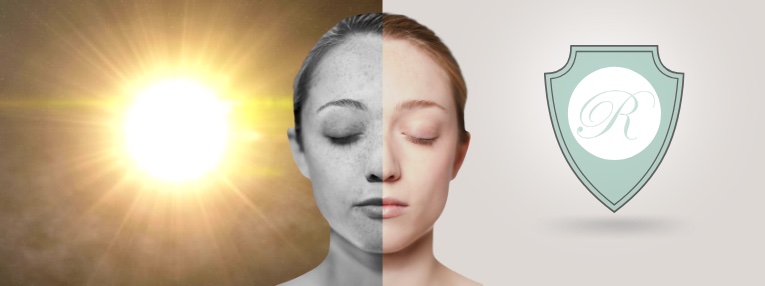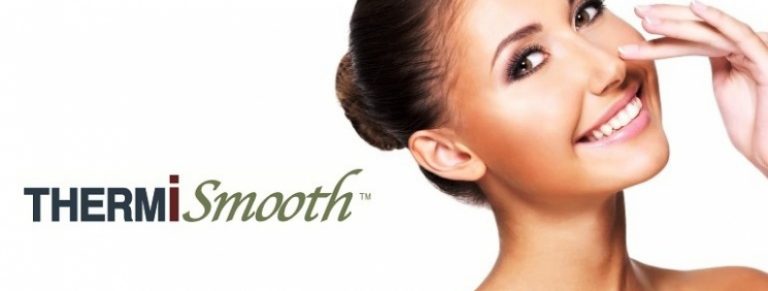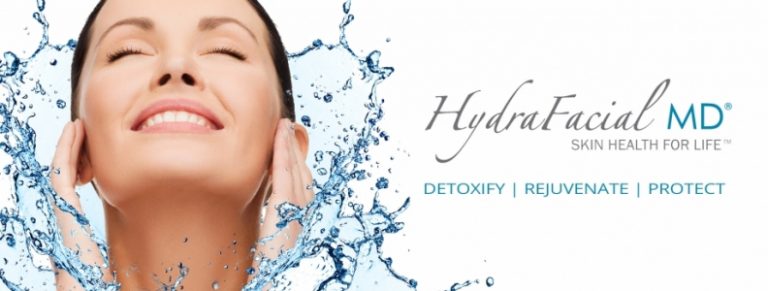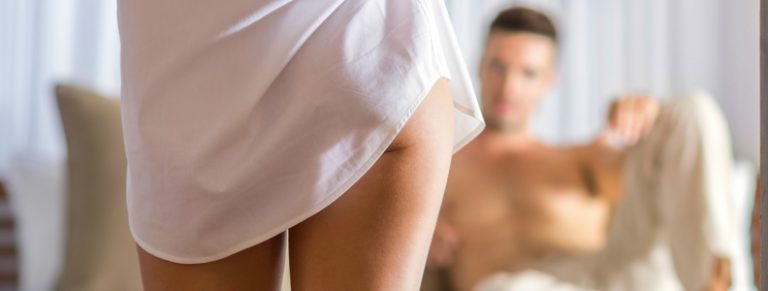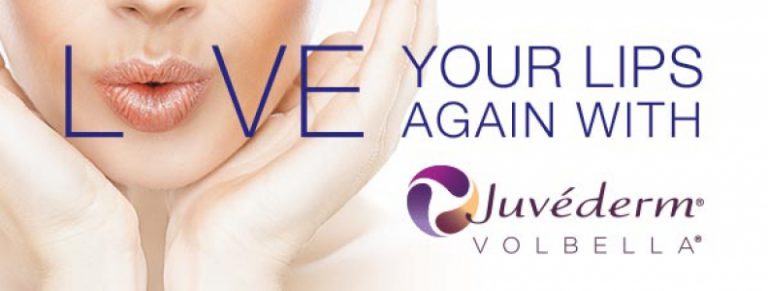The Best Treatments for Age Spots and Sun Damage
Long after the fun of outdoor activities has passed, our skin can suffer from exposure to the sun’s damaging rays. This exposure can create dark spots on our face, hands, chest, and other areas of our body. It’s our skin’s way of protecting us by developing extra melanin.
But for most of us, these spots are unwelcome discoloration. In today’s blog post, I’d like to review ways you can prevent sun damage and provide some great treatment options you can use to address sun damage that has already occurred.
The Difference Between Sun Spots, Age Spots, and Freckles
With repeated sun exposure over years, your skin cells start to produce melanin, which can appear as small, flat, and darkened patches of skin. These melanin discolorations are often called sun spots, but they can go by many names including age spots, liver spots, or even senile lentigines. Regardless of the name used, all of these phrases refer to the same common form of hyperpigmentation. Sun spots are most common in people over the age of 40 but can start forming in your mid-thirties.
Freckles, while similar in some ways, are not the same thing as sun spots. Freckles are not only smaller than sun spots (usually less than 1/4 of an inch in diameter), but they actually serve a purpose, acting as a natural sunscreen by blocking UV rays from penetrating the deeper layers of the skin. They are not a sign of sun damage, but rather protect areas of the skin that are particularly sensitive to ultraviolet light. While freckles are activated by sun exposure, a person’s ability to make freckles is actually due to genetics. If you don’t have the freckles genes (MC1R), your skin will not produce freckles.
That being said, if you have a lot of freckles, take them as a sign that you should be applying sunscreen regularly and generously to prevent sun damage.
What’s the quickest way to tell if a brown spot is a freckle or sun spot? Sun spots are typically larger in size (¼ – ¾ of an inch) because they involve multiple pigmented cells lumped together. They are more common with aging and are most commonly found on the hands, face, shoulders, back, arms, and the tops of feet.
The lifespan of freckles and sun spots are also different. Freckles typically fade away with age and may even fluctuate during the seasons. Sun spots tend to stick around longer. Fortunately, there are ways to fade those dark spots and restore a more youthful appearance.
While neither freckles nor sun spots are harmful, it is still important to monitor their appearance to make sure there are no irregularities or changes that could indicate malignant melanoma (skin cancer). If you notice any changes, schedule a visit with a board-certified plastic surgeon or dermatologist so they can take a look.
What About Melasma?
Melasma is a challenging skin condition that causes brown or grayish-brown blotches on the skin that can last for years. You may have heard of melasma referred to as “the mask of pregnancy,” because it is sometimes triggered by an increase in hormones in pregnant women. However, it can affect women at all stages of life, and it can also affect men.
Melasma appears when pigment-producing cells become hyperactive and produce too much pigment in certain areas of the skin. According to the American Academy of Dermatology, you’re more likely to get melasma if you have a darker skin type, probably because your skin has more of these active pigment-producing cells. While the mechanism in the epidermis is similar to what causes age spots and freckles, melasma patches tend to be larger.
Melasma is unfortunately a persistent and vexing condition for millions of Americans. The good news is that many of the treatments that address sun damage can also apply to melasma.
Top Procedures and Treatments for Sun Damage
If you’re seeking a youthful appearance and a brighter, more even skin tone, there are many age-defying procures out there, including several safe and comfortable options for diminishing the appearance of discoloration. Here are a few of the most successful remedies, all of which we offer in our Medical Spa.
Intense Pulsed Light (IPL) Photofacials
The IPL Photofacial is a comfortable and effective laser treatment for age spots, melasma, and other imperfections including wrinkles, rosacea, and prominent pores. Applicable to the face, chest, hands, and other areas of the body, IPL uses bi-polar radio frequency and high-intensity pulses of light to target hyperpigmentation and remove or lighten the pigmented spots. It typically takes two to three sessions to receive the full benefit of this treatment. Note that the spots usually appear darker after the treatment, but a few days later they flake off and leave behind smooth and evenly toned skin.
BroadBand Light® (BBL)
BBL treatments deliver light energy deep into your skin to boost your body’s natural ability to heal and regenerate skin cells. BBL is the world’s most powerful intense pulsed light device on the market and is very effective in treating skin conditions associated with aging, active lifestyles, and sun damage. Any area of your body can be treated, but the most common areas are those most exposed to the damaging effects of sunlight, such as the face, neck, back of the hands, chest, and shoulders. This is a non-invasive and gentle procedure with virtually no downtime. It’s important to note that BBL is attracted to reds (vessels) and browns (pigmented spots). The light needs contrast to be effective to remove or lighten pigmented spots and thus it is not effective or safe for darker skin types.
Microneedling
This is a versatile treatment that corrects a variety of skin concerns by stimulating collagen, increasing circulation, and creating fresh, new tissue. The process of microneedling breaks up melanin in the skin and absorbs it into the body, which is what makes it an effective treatment for age spots. Optimum results usually require multiple treatments. The result is beautiful, smooth skin with an even tone.
Chemical Peels
Administered by skincare professionals, chemical peels work by exfoliating the skin’s surface to enhance cell turnover and improve the skin’s appearance. Chemical peels come in many different strengths and acidic formulations ranging from superficial to higher penetrating peels. Trichloroacetic acid (TCA) peels are often used to treat advanced visible signs of aging and discoloration caused by sun damage. Chemical peels should only be performed by a Licensed Aesthetician with access to high-performing peel solutions that are clinically proven to deliver results.
Dermabrasion and Microdermabrasion
Dermabrasion is a technique for exfoliating and removing the damaged surface layer using aluminum oxide crystals and/or organic buffing grains, typically over a series of procedures. Microdermabrasion is a gentler version of the same technique for milder cases. When your skin grows back, it’s lighter. This treatment isn’t recommended for people with rosacea or visible veins on their face. You can learn more about these two procedures in a blog post I wrote titled Dermabrasion vs. Microdermabrasion.
Oxygen Infusion
Great for all skin types, oxygen therapy is the infusion of essential nutrients for healthier, brighter, and more youthful skin. Oxygen strengthens your skin’s elasticity and, among other benefits, can help to even out skin tone.
Topical Treatments for Sun Damage
Topical treatments can also be used to address discoloration. You can purchase topical treatments over the counter, or your dermatologist or a cosmetic surgeon may prescribe creams to apply to your sun spots over the course of several months.
These treatments work mainly by interrupting melanin formation, however, they are typically less effective than the minimally invasive treatments named above. This may be because the skin’s pigment is located at the base of the epidermis (the topmost layer of your skin), and treatments intended to address age spots must penetrate this layer of skin.
Topical treatments for sun damage include:
- Bleaching creams: Creams containing hydroquinone, glycolic acid, and azelaic acid can lighten age spots, freckles, melasma, and acne scars. However, products with hydroquinone should only be used under a doctor’s care — and only on the darkened areas of the skin. Higher concentrations of hydroquinone can cause white spots to develop on the skin, or even trigger a darkening of the skin in some cases.
- Mild steroids: The same steroids used for acne and scarring can be used to remove age spots.
- Retinoids: Also used for anti-aging, retinoids such as Tretinoin can help slough off the affected skin cells.
We highly recommend consulting with a dermatologist or one of our highly trained aestheticians before using any of these products. Also note that if you have sensitive skin, topical medications might not be for you.
Tips for Preventing Age Spots
The best prevention against age spots is to avoid sun exposure. If you’re going to be out in the sun, wear sunscreen with an SPF of 30 or higher, and re-apply the sunscreen every three to four hours. Also wear a hat with a wide brim and even clothing with UV protection. But don’t forget that sun exposure doesn’t just occur outdoors. Driving your car can be just as hazardous as basking in the sun. UV exposure is five times greater to the left arm and 20 times greater to the left side of the face thanks to sitting in traffic.
Hydration and diet also play an important role in preventing age spots. Make sure to drink eight glasses of water a day. Fresh fruits and vegetables can naturally lighten skin, as can nutritional supplements such as vitamins C, B, E, and omega fatty acids.
We’re Here to Answer Your Questions
If you are interested in learning more about treatments for sun damage or melasma, we’re here to help.
Contact our office at 678-566-7200 to schedule an in-person consultation at our Midtown Atlanta or Alpharetta office. We also offer virtual consultations during this time of social distancing

